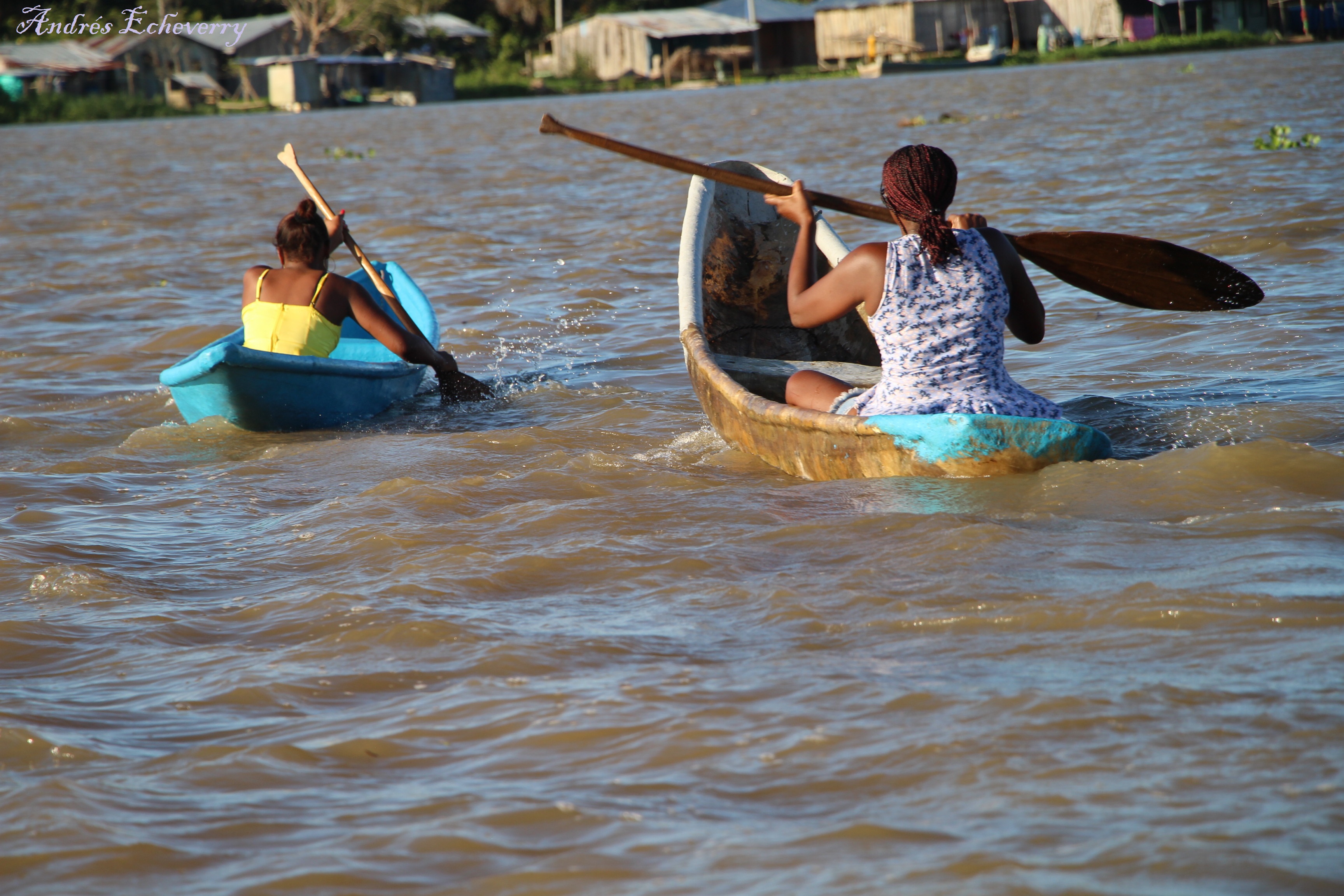Training was a key factor in the success of anti-poaching operations.
The different elements did not have the same working procedures, the same work rhythm or the same rigor.
The men all received technical and tactical training, as well as knowledge of wildlife and the forest environment. This training was highly beneficial, enabling the men to reinforce their knowledge in various fields (forest combat, combat first aid, IST, ISTC, navigation, operational motorcycle driving, camp defense, logistical and operational mission preparation, RETEX, etc.). A total of 10 operational training modules are delivered each time a force projection is planned.
The capacity-building achieved through the operations supported by the project should be maintained for future operations, as it fosters close collaboration and a climate of trust between the various units deployed.
When the components of mixed units receive the same training, everyone knows their role better, and command and action in the field are more effective.
